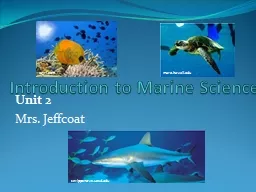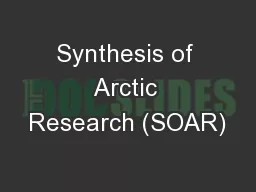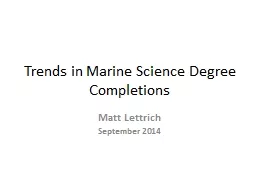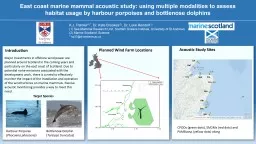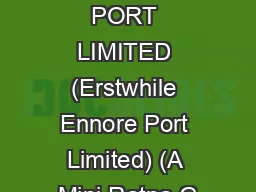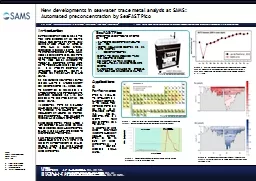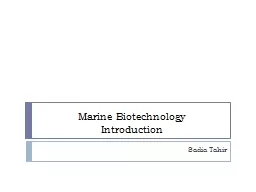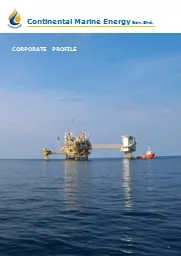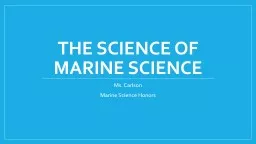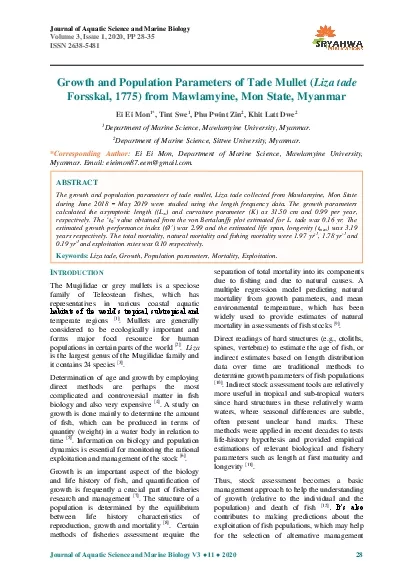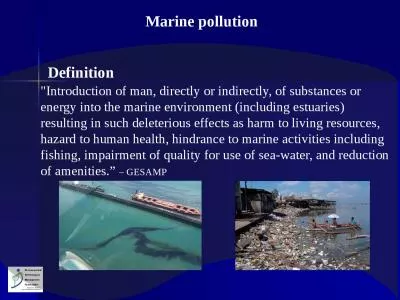PPT-Introduction to Marine Science
Author : yoshiko-marsland | Published Date : 2016-06-08
Unit 2 Mrs Jeffcoat scrippsnewsucsdedu 123rfcom marehawaiiedu Unit 2 Objectives Define Marine Science What are the four branches of oceanography What are careers
Presentation Embed Code
Download Presentation
Download Presentation The PPT/PDF document "Introduction to Marine Science" is the property of its rightful owner. Permission is granted to download and print the materials on this website for personal, non-commercial use only, and to display it on your personal computer provided you do not modify the materials and that you retain all copyright notices contained in the materials. By downloading content from our website, you accept the terms of this agreement.
Introduction to Marine Science: Transcript
Download Document
Here is the link to download the presentation.
"Introduction to Marine Science"The content belongs to its owner. You may download and print it for personal use, without modification, and keep all copyright notices. By downloading, you agree to these terms.
Related Documents

